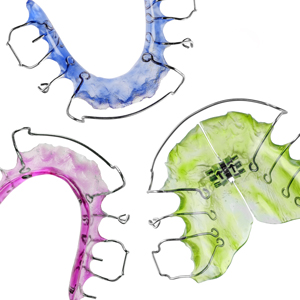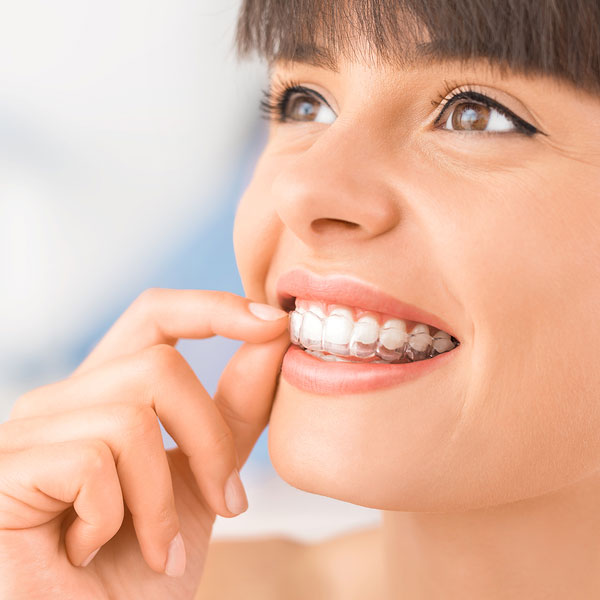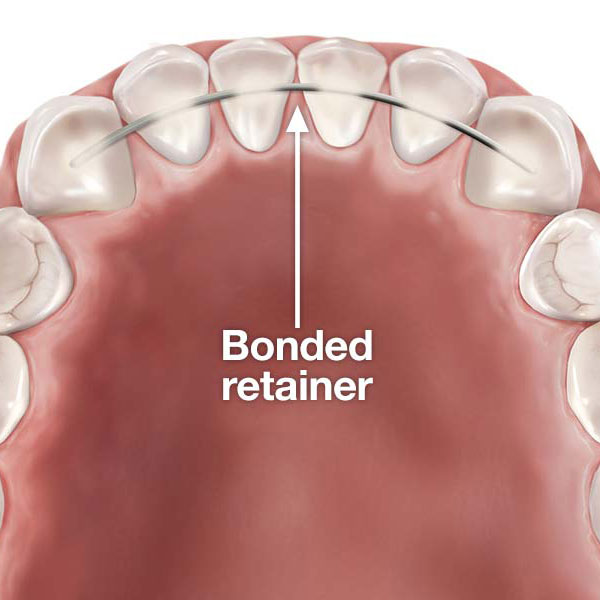Orthodontic Retention
One day in the not-too-distant future, your braces will come off. In a few moments, you’ll be free of bands and brackets, able to eat what you want and run your tongue over smooth, clean teeth. But, even on this happy occasion, please remember that you’re not quite done with orthodontic treatment yet: The next phase, called retention, is just beginning.
Retention is a critical follow-through stage that typically involves wearing an orthodontic appliance called a retainer. Several different kinds of retainers are available, all of which are custom-made just for you. We will recommend the type (or types) that will work best in your situation, and we’ll tell you exactly when and how long you need to wear them.
But if your teeth are straight now, why do you need a retainer at all? Simply put, it’s because if you don’t wear one, your teeth will start moving right back to where they were!
Teeth aren’t set rigidly in the jawbone — instead, they’re held in place by a network of fibers called the periodontal ligaments. After they have being moved, it takes several months for the periodontal ligament to adjust to the new position. So if you want to keep that new smile — and not waste all the time, effort, and money it took to get it — it’s essential to wear your retainer as directed.
Being fitted for a retainer usually happens on the same day your braces are removed. After your teeth are thoroughly cleaned, we may take another set of X-rays and/or bite impressions, to check how well your braces worked and to see how much your wisdom teeth have developed. Then, we’ll discuss your retainer and start getting it ready.

Types of Retainers
There are three basic types of retainers available today; each works best in particular situations.

Hawley Retainer
The most common is the so-called “Hawley” retainer — a thin, tongue-shaped piece of acrylic molded to fit your mouth, with a wire that holds your teeth in position. The Hawley retainer is simple, durable and easily removed. It's even possible to personalize it by choosing different colors and designs for the plastic arch. It can also be adjusted to correct minor tooth movements.

Clear Aligner
Another popular style of retainer is the clear aligner-type, which looks similar to the Invisalign® tray system. These retainers are custom-made of thin, transparent plastic which is designed to fit precisely over your teeth. Their main advantage is that they're invisible, with no wire to show. These retainers are also easy to remove, but they may be somewhat less durable than the Hawleys. They aren't recommended for patients with certain conditions, like teeth grinding.

Fixed Retainers
Finally, fixed retainers may be an option for some people, especially on the lower front teeth. As their name implies, they aren't removable by the wearer — but they aren't visible either. Like lingual braces, this system uses a wire which is bonded to the tongue side of the teeth. It may remain in place for months, or longer. This type of retainer is sometimes recommended when there's a high risk that teeth could revert to their former position.
A Period of Adjustment
After a short time, most people adjust quite well to wearing a retainer. Some may find that they produce more saliva than usual for a day or so after first wearing any type of retainer — a normal reaction to a foreign object in the mouth. You may also find it a little harder to talk normally at first, but that problem will soon disappear. Of course, removable retainers should always be taken out when you eat or brush your teeth — a big change from braces!
At first, you will probably be told to wear your removable retainer all day, every day. This period of 24/7 retainer use generally lasts from several months to a year. Later, we may say that it’s OK to wear it only at night. Finally, you’ll probably need to put it on just a few nights a week.
Maintaining — and Retaining — Your Retainer
To stay fresh and germ-free, all retainers need proper cleaning. A Hawley-type retainer can be brushed gently with a regular toothbrush — but a brush may scratch the clear aligner types. Denture cleaners, in powder or tablet form, as well as special retainer cleaners, can be used to clean most removable retainers. Fixed retainers are cleaned by brushing and flossing; a floss threader or interproximal brush can also be a helpful cleaning tool when needed.
Finally, remember to always carry — and use — a retainer case. You’d be surprised how many retainers end up folded in a napkin and accidentally discarded! Also, don’t expose your retainer to excess heat by washing it in very hot water or leaving it on a heater: That can cause the retainer to warp and make it unusable. With proper care and conscientious use, a retainer can help you transition from braces to a permanent, healthy smile.
